Comments on EPO decisions G 1/23 and G 1/24 – Part One
September 18, 2025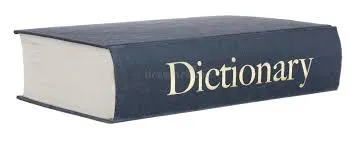
In less than 15 days, the Enlarged Board of Appeals (“EBA”) handed down two major decisions in relation to patent validity: (i) one relating to claim construction when assessing the patentability of an invention, and (ii) one relating to the validity assessment with respect to a prior usage.
Part One discusses the first of these decisions – G1/24. Part Two will look at G1/23
EPO EBA 18 June 2025, G 1/24 – New Guidance on Claim Construction: Beyond Unclarity?
Claim construction is a critical step in patent infringement or invalidity litigation. It often gives rise to a strategy to squeeze the patentee by making it to either defend validity and lose a case of infringement, or vice versa have the claims broad enough to cover the allegedly infringing activities, but also encompass prior art or obvious modifications thereof. A more precise guidance was highly expected.
Factual and legal background of the case
In the case referred to the EBA, the patent in suit related to an article for a vaping device which contains an aerosol forming material (tobacco). The opposition to the grant of that patent was rejected. The underlying issue in the opposition proceedings was to determine whether Claim 1 as granted was novel. The discussion focused in particular on the meaning of one feature (the “gathered sheet”) and the solution to the novelty assessment was actually twofold:
- either the general meaning was ascribed to these terms and, then, the claim was novel (that was the position of the applicant);
- or, such terms were to be construed in the light of the description, including the definition that was contained therein and, in that event, the technical meaning was broader and would invalidate the claim.
As a result, the referring decision submitted 3 questions to the EBA, as follows:
- The first question related to the legal basis to apply to claim construction, and whether the intended provisions were relevant:
Is Article 69(1), second sentence, EPC and Article 1 of the Protocol on the Interpretation of Article 69 EPC to be applied to the interpretation of patent claims when assessing the patentability of an invention under Articles 52 to 57 EPC?
- The second question related to the harmonization of EPO case law as to the necessity to refer to the description and drawings:
May the description and figures be consulted when interpreting the claims to assess patentability and, if so, may this be done generally or only if the person skilled in the art finds a claim to be unclear or ambiguous when read in isolation?
- The third one related to the decisive question of whether the definition in the description has to be applied for construing the features mentioned in the claim:
May a definition or similar information on a term used in the claims which is explicitly given in the description be disregarded when interpreting the claims to assess patentability and, if so, under what conditions?
Decision
The EBA ruled that Question 3 was inadmissible for being already encompassed in Question 2. Therefore, the EBA provides guidance only about the first two questions:
Regarding Question 1, the EBA considered that there was no clear legal basis in the EPC as to claim interpretation when assessing patentability.
The first set of provisions (Art. 69 EPC and the Protocol) were found to be not entirely satisfactory as a basis for claim interpretation when assessing patentability. They were to be understood as relating to the determination of the scope of protection conferred by the asserted patent in the context of infringement actions.
The second provision (Art. 84 EPC) was not satisfactory as a basis either. It merely provided for formal requirements and instructions to the drafter with respect to the concision and clarity of the claims in the patent application. As a matter of fact, it provided no guidance on how to interpret claims.
As there was no clear guidance in the articles of the EPC, the EBA relied on the principles that have emerged from existing case law. Indeed, the Boards of Appeal have applied such provisions in an analogous way to the examination of patentability and, therefore, the EBA confirmed that it is settled that the claims are the starting point and the basis for assessing the patentability of an invention under Articles 52 to 57 EPC.
Regarding Question 2, the EBA took the opportunity to put an end to the diverging case law amongst the Boards of Appeal, and considered that the description and any drawings are always to be referred to when interpreting the claims, and not just in the case of unclarity or ambiguity.
The EBA relied on several factors to justify this position. First, a different solution would be contrary to the wording of Article 69 EPC. Second, it would go against the practices of national Courts and the Unified Patent Court (“UPC”) and make the system quite unattractive, if the EPO would adopt a contrary practice to that of the Courts that are “downstream” of its patents. Finally, referring to the description and drawings only in case of unclarity/ambiguity would not make sense since the finding that a claim is unclear/ambiguous is already the result of an act of interpretation. Indeed, the clarity (or not) of a claim will eventually arise when comparing the consistency (or not) of its meaning with the contents of the description.
In all events, the EBA seems to invite the examining divisions to a high quality examination and concludes that, if a claim fails to meet the clarity requirement, the correct response for the applicant is to amend it.
Consistency with UPC emerging case law?
As the Boards of Appeal, the Courts of the UPC have applied Article 69 and the Protocol to claim construction.
As with pointed out by the EBA, the first decision was the Order of the Court of Appeal in the 10x Genomics v. Nanostring case (UPC CoA, 335/2023, 11 March 2024), relying on the same provisions and laying down the principles that “the description and drawings must always be used as explanatory aids for the interpretation of the patent claim, and not only to resolve any ambiguities in the patent” (echoing Question 2) and, more importantly, that “these principles for the interpretation of a patent claim apply equally to the assessment of the infringement and the validity of a European patent” (echoing Question 1).
Such principles have also been followed and applied in subsequent cases. In particular, in the Orders handed down on 16 July 2024 in the Amgen cases (1/2023 against Sanofi and 14/2023 against Regeneron), the Munich Central Division was of the view that the description and drawings may show that the patent specification defines terms independently and, therefore, the patent may contain its own lexicon. When interpreting a patent claim, the person skilled in the art does not apply a “philological understanding”, but determines the “technical meaning” of the terms used with the aid of the description and the drawings. Therefore, and seemingly echoing Question 3 unanswered by the EBA, the Court concludes that “even if terms used in the patent deviate from general usage, it may therefore be that ultimately the meaning of the terms resulting from the patent specification is authoritative”.
The recent Agfa v. Gucci case (UPC CFI, 278/2023, 30 April 2025) perfectly illustrates the strength of claim interpretation in the squeeze strategy. Agfa (the patentee) relied on a broader interpretation of the patent feature “achromatic” for its infringement claim, whereas Gucci relied on another narrower definition in the description. The Hamburg Local Division ruled that the patent was valid, but not infringed by Gucci, based on the narrower definition. It explicitly followed the principle of claim interpretation whereby a patent may be used as its own lexicon. It actually disregarded the broader definition relied upon by Agfa as this would create an inconsistency with the language of the claims and concluded that “specifications in the description that are not consistent with the granted claims cannot serve as a basis of a broad interpretation of a claim”. As a result, not only did the Court refer to the description definition, but it also applied it in a way that interpretation of patent claims could only be influenced by consistent and narrow definitions.
Practical impacts
When it comes to assessing the patentability / validity of the asserted patent, it seems clear now that claim construction will be carried out in light of the entire disclosure, regardless of a matter of unclarity, based on the well-known principle confirmed by the EBA that the patent provides its own lexicon.
This solution may not fundamentally change the current practices in patent drafting, but make the prosecution stage more complex. On the one hand, detailed disclosures, with intrinsic definitions (notably to depart features from well-understood terms) and drawings, should leave less room for interpretation, especially during litigation, and eventually allow for modifications and provide support to the claims. On the other, less is more! It might be strategic to avoid too a lengthy disclosure setting definitions in stone that could narrow the scope of protection; however, this strategy may raise other issues, such as lack of sufficiency. Thus, applicants always have to find the right balance between keeping things detailed and keeping their options open for future fall back positions. In all events, applicants should definitely look out for consistency as one may expect that exchanges with the examiners will be more thorough.
It is noteworthy that soon after this decision, the question as to whether to amend the description to align with the allowed claims, in case of inconsistency, was submitted to the EBA in the G 1/25 case (T 697/22 of 29 July 2025, also commented here). As a matter of fact, the EPO has also issued guidelines for examination, inviting the examining divisions to continue to apply their current practices on adaptation of the claims in case of inconsistencies with the description. Such guidance may be viewed as an indication that the EPO tends to ensure an alignment between the description and claims.
Besides, the claims are only the starting point and the basis for assessing patentability and only referring to the description seems to be required by the EBA. Applying G1/24 for the first time, the EPO Board of Appeal confirmed that EBA only requires that a definition provided in the description cannot be disregarded (T 1561/23 of 23 June 2025). It does not necessarily imply that the definitions displayed in the disclosure will be used indeed to interpret the claims, unlike what the UPC did in the Agfa case.
From now on, even if the office examiners do not create a section on claim interpretation, the result of the exchanges in the prosecution history will certainly help interpret the disclosure and the claims. Therefore, this may serve a trend in favour of the relevance of the prosecution file. Albeit not yet confirmed by the UPC Court of Appeal, the Munich Local Division already took the view, in the SES-imagotag case, that it may indeed constitute an aid for interpretation (UPC CFI 292/20023, 20 December 2023).
You may also like




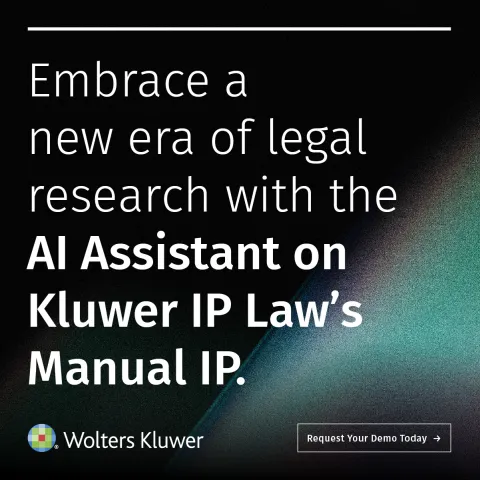
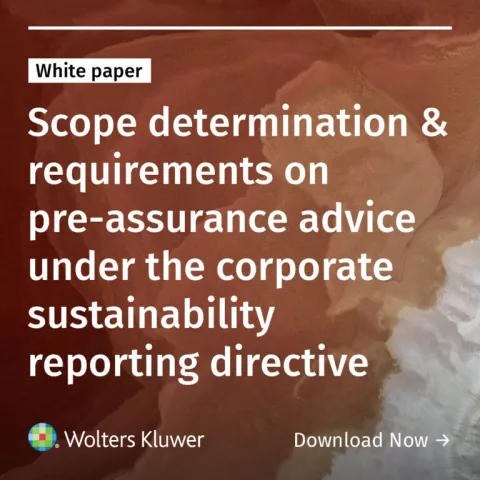

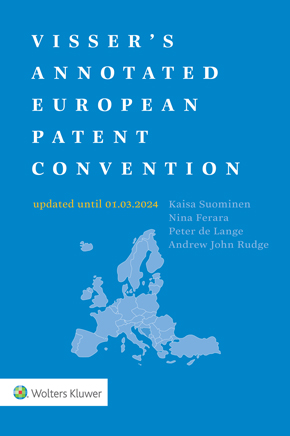
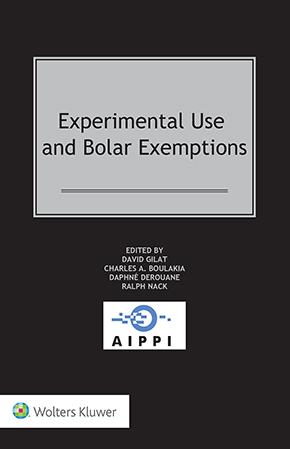

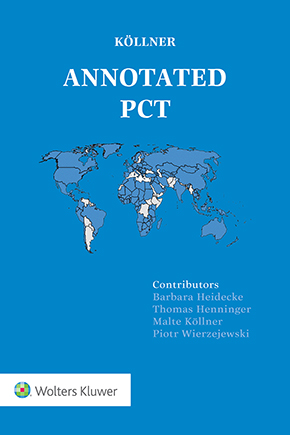



DXThomas
Thanks for an interesting view on G 1/24. I do however not agree with your conclusions. G 1/24 will now force examiners to “consult” the description, irrespective of whether the claim lacks clarity or not. This was, up to now, not always the case. One question needs an answer. Why did court acting in post grant proceedings had to come up with the notion of the patent being its own dictionary? The reason appears manifest: if there is an inconsistency between claims and description, it is necessary to consult the description, i.e. to use it as a dictionary. On the basis of the description, claims can be given an interpretation different from that resulting from the plain reading of the claim by a skilled person. This was also the underlying problem in the referral leading to G 1/24. Quoting the famous Agfa/Gucci case, the LD Hamburg said (Page 23 bottom): “There are several passages mentioning “chromatic” in the specification of the patent that should have been deleted….. It is immediately apparent that the specification is not consistent with the granted claims”. If the passages left in the description allowing to consider that “chromatic” was still part of the scope of protection of the granted claim which had been limited to “achromatic”, had been deleted before grant, Agfa could not have alleged that Gucci infringed the patent when using a chromatic base coat. In other words, Agfa used one interpretation, a limited one, when it came to validity, and another one, broader, based on the description, when it came to infringement. You allege that the EBA has now decided that the patent provides its own lexicon. I beg to differ. You have quoted T 1561/23 which was the first decision following G 1/24. In the meantime, many more have been published: T 400/23, T 1465/23, T 1846/23 and T 2027/23. In T 2027/23, the board made clear that, cf. Catchword, “In cases of discrepancy between the claim language and the description, it falls upon the patentee to remedy this incongruence by amending the claim. It is not the task of the Boards of Appeal to reach such alignment by way of interpretative somersaults”. In T 2027/23, the board did not accept that the proprietor could use a different interpretation depending on whether he acts in infringement or he defends the validity of the patent, cf. Reasons 3.5.4. We are thus far from the patent being its own dictionary as you claim. In T 2027/23, the board made clear that if the applicant wants the interpretation in the description to be taken into account when assessing patentability, he has to amend the claim accordingly. It is also not by coincidence that in T 697/22, leading to the referral G 1/25, the referring board quoted the Agfa/Gucci decision of the UPC. In the Vusion/Hanshow case, The CoA UPC by a decision of 13.05.2024, UPC_CoA_1/2024, has confirmed the refusal of a PI, but has not endorsed the view of the Munich LD that file history can serve for interpreting the claim. Following T 2027/23, office examiners have no reason to create a section on claim interpretation. If the applicant/proprietor wants a given interpretation of his claim, this should result from the wording of the claim, and not from interpretative somersaults. If the description gives a restrictive or a broader interpretation of claimed features, in order to avoid any discrepancy between claims and description, the applicant/proprietor will have to bring it in the claim for it to be considered. If the applicant/proprietor refuses to do so, he will have to adapt the description to the claims as required in the Agfa/Gucci case. Let’s hope that G 1/25 will confirm the necessity to amend the description once a set of allowable claims has been agreed.
Harald Springorum
Another contribution to his crusade against the ALWAYS NECESSARY CONSTRUCTION of patent claims. Time will tell ... how Don Quixote fares.